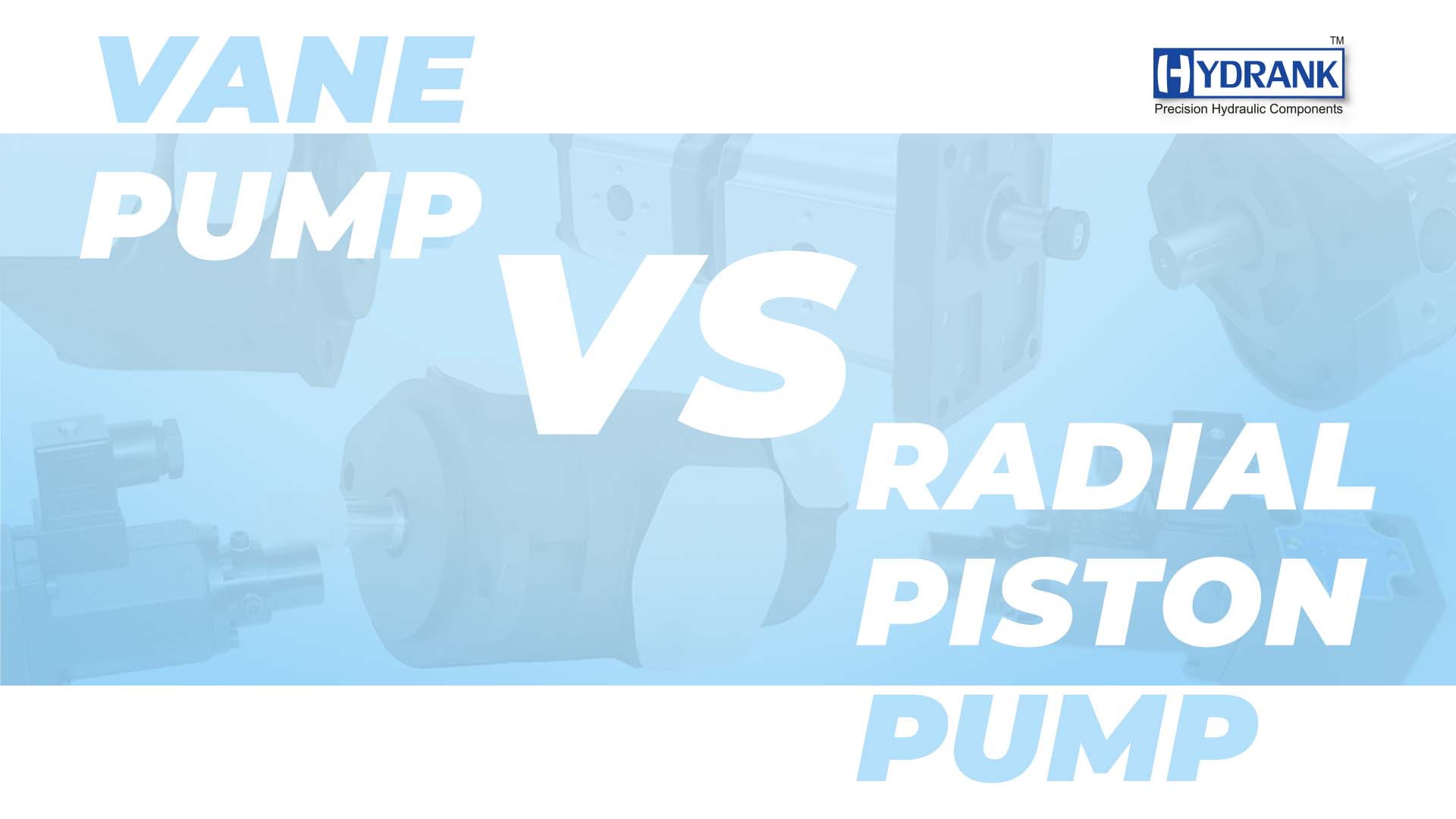-
Vane Pump Vs Radial Piston Pump

Hydraulic pumps are used in a wide range of applications, from construction and agriculture to manufacturing and aviation. Two popular types of hydraulic pumps are vane pumps and radial piston pumps. In this article, we will compare and contrast the features of these two pumps to help you decide which one is best for your application.
Vane Pump
A vane pump consists of a rotor with several vanes that rotate inside a cavity. As the rotor turns, the vanes slide in and out of their slots, creating chambers that draw in and expel hydraulic fluid. Vane pumps are popular for their low noise level, high efficiency, and ability to handle high flow rates. They are commonly used in applications that require a constant flow of hydraulic fluid, such as power steering systems and industrial machinery.
Advantages of Vane Pumps
- High efficiency
- Low noise level
- Can handle high flow rates
- Good for constant flow applications
Disadvantages of Vane Pumps
- Not as durable as other pump types
- Not suitable for high-pressure applications
Vane Pump Application
Vane pumps are a type of hydraulic pump that can be used in a variety of applications. These pumps are known for their high efficiency, low noise level, and ability to handle high flow rates. Here are some common applications of vane pumps:
Power Steering Systems: Vane pumps are commonly used in the power steering systems of automobiles. They provide a constant flow of hydraulic fluid to the steering gear, allowing for smooth and easy steering.
Industrial Machinery: Vane pumps are used in a variety of industrial machinery, including injection moulding machines, presses, and hydraulic power units. They provide reliable and efficient hydraulic power for these machines to operate.
Machine Tools: Vane pumps are used in machine tools such as lathes, milling machines, and grinders. They provide the necessary hydraulic power for the machines to perform their tasks.
Hydraulic Elevators: Vane pumps are used in hydraulic elevators to provide the necessary hydraulic power to lift and lower the elevator car.
Agricultural Machinery: Vane pumps are used in agricultural machinery such as tractors, combines, and harvesters. They provide the hydraulic power necessary to operate the machinery’s various functions, such as steering, lifting, and lowering.
Aerospace Industry: Vane pumps are used in the aerospace industry to provide hydraulic power for a variety of applications, including landing gear, flaps, and brakes.
Radial Piston Pump
A radial piston pump consists of a series of pistons arranged radially around a central cam. As the cam rotates, the pistons move in and out of their cylinders, creating chambers that draw in and expel hydraulic fluid. Radial piston pumps are popular for their ability to handle high pressure and high flow rates. They are commonly used in applications that require high pressure, such as aviation and oil and gas industries.
Advantages of Radial Piston Pumps
- Suitable for high-pressure applications
- Can handle high flow rates
- More durable than vane pumps
- It can be used in a wide range of applications
Disadvantages of Radial Piston Pumps.
- Higher noise level than vane pumps
- Lower efficiency than vane pumps
Top Reasons to Choose Shriank Vane Pump and Radial Piston Pump for Your Hydraulic Applications.
Shriank is a well-known manufacturer of hydraulic pumps. Here are some reasons why you should consider choosing Shriank pumps:
1. Quality and Durability: Shriank pumps are made of high-quality materials and undergo rigorous testing to ensure that they meet the highest quality and durability standards. These pumps are designed to withstand harsh conditions and provide reliable performance over a long period of time.
2. High Efficiency: Shriank pumps are designed to be highly efficient, ensuring that they provide maximum hydraulic power while minimising energy consumption. This results in lower operating costs and increased productivity.
3.Customization Options: Shriank offers a wide range of customization options for their pumps, including different materials, sizes, and configurations. This allows customers to tailor the pump to their specific needs and requirements.
4. Technical Support: Shriank provides excellent technical support for their pumps, including installation, maintenance, and troubleshooting services. Their team of experts is always available to assist and ensure that their pumps operate at peak performance.
5. Competitive Pricing: Shriank pumps are competitively priced, making them an affordable option for customers who need high-quality hydraulic pumps at a reasonable cost.
Conclusion
In summary, vane pumps and radial piston pumps both have their advantages and disadvantages. Vane pumps are ideal for applications that require a constant flow of hydraulic fluid and low noise level, while radial piston pumps are ideal for applications that require high pressure and high flow rates. Ultimately, the choice between these two pumps depends on the specific needs of your application.
More Informative Content – Shriank
India's Largest Hydraulic Vane Pump Supplier
contact us: +91 98989 09148
Delivery
Prompt and accurate delivery
Client Servicing
Pro after-sales customer support
Quality assurance
Top quality standards
Export
More then 10 countries
